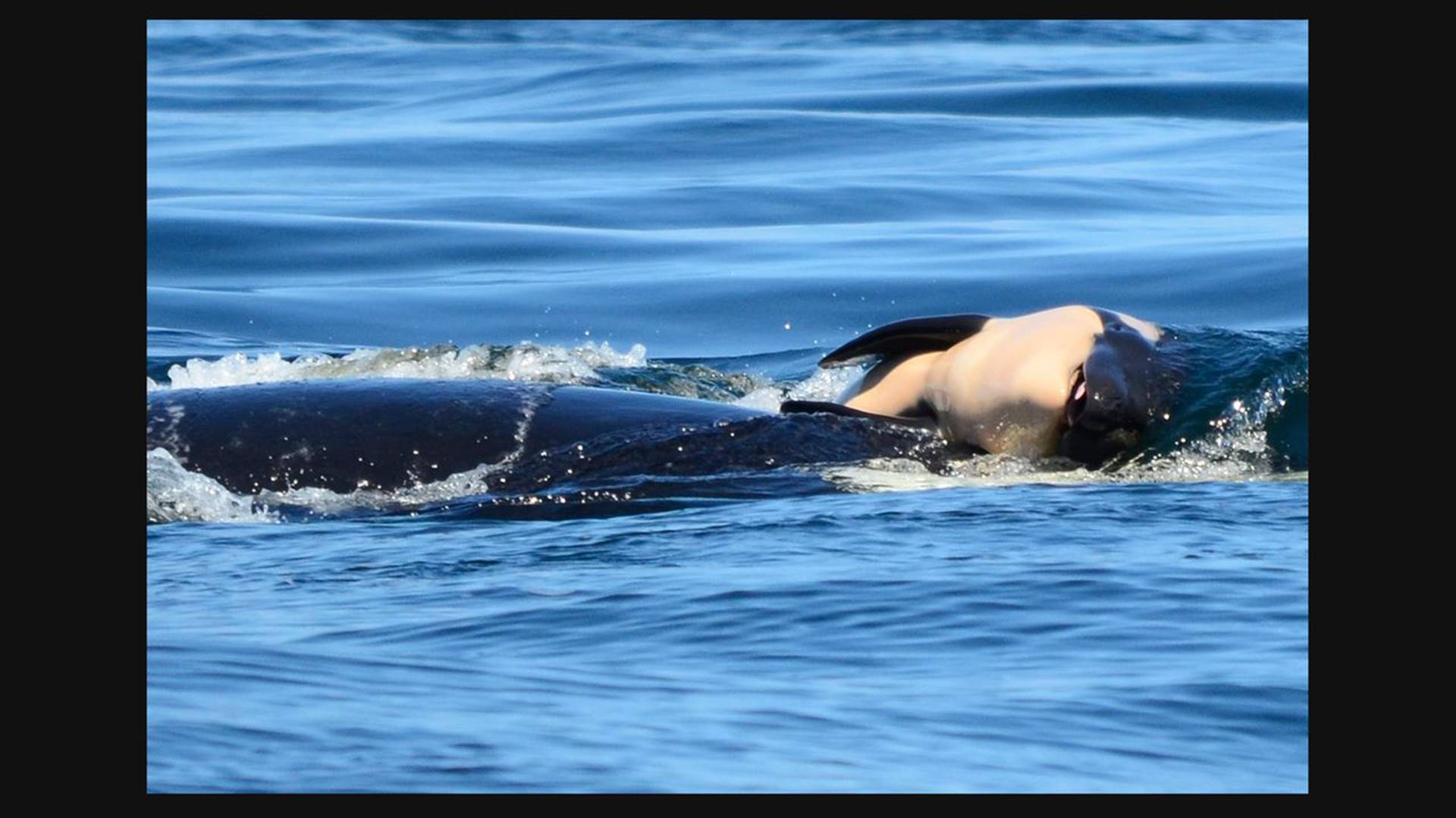Artificial intelligence trained to detect orca sounds in noisy waters is helping protect whales from vessel traffic.
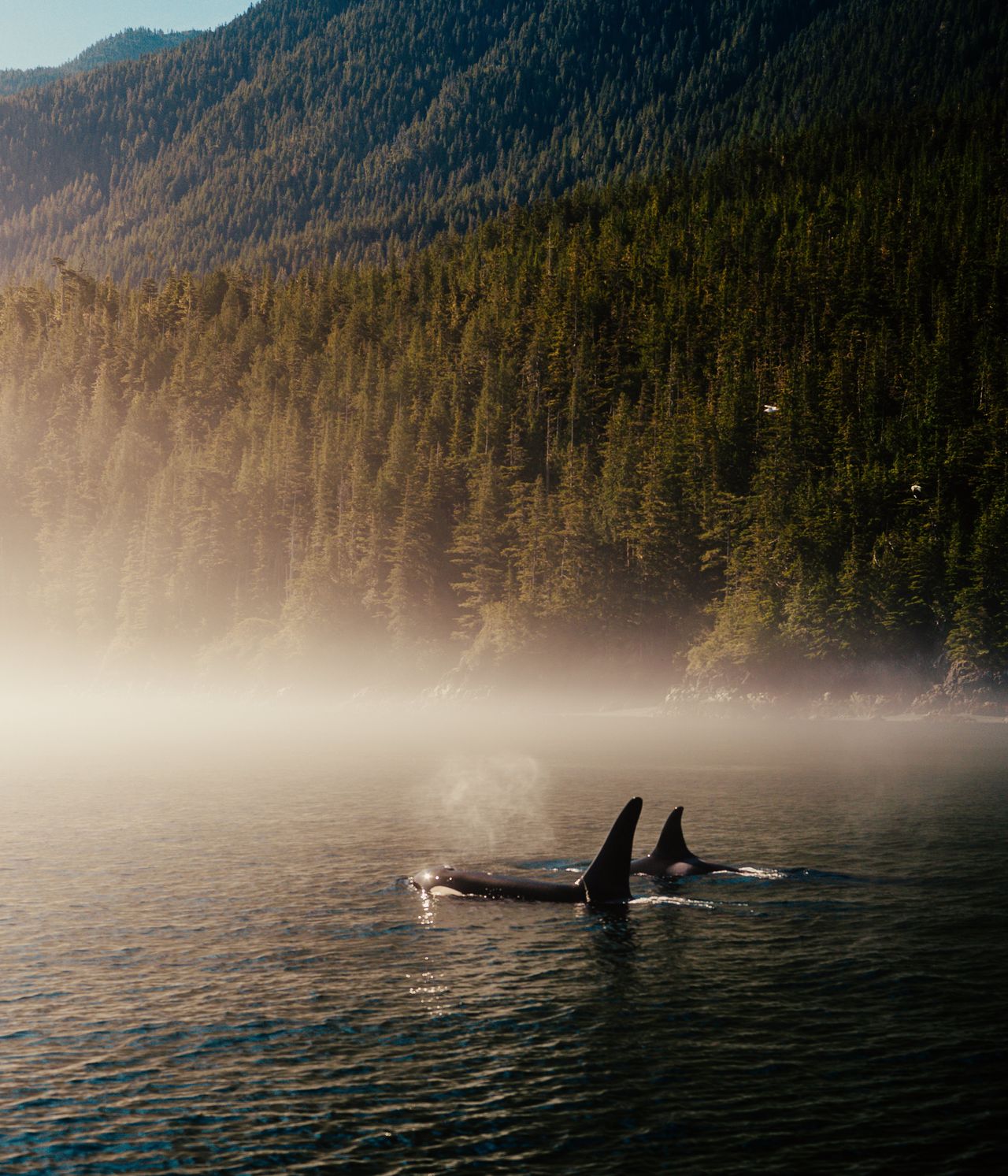
The southern resident orcas are a distinct population of killer whales that live in the Salish Sea, a network of waterways off the coast of Seattle, Wash., and Vancouver, Canada. Only 72 remain in the wild, endangered by dwindling food supply, pollution, and climate change.
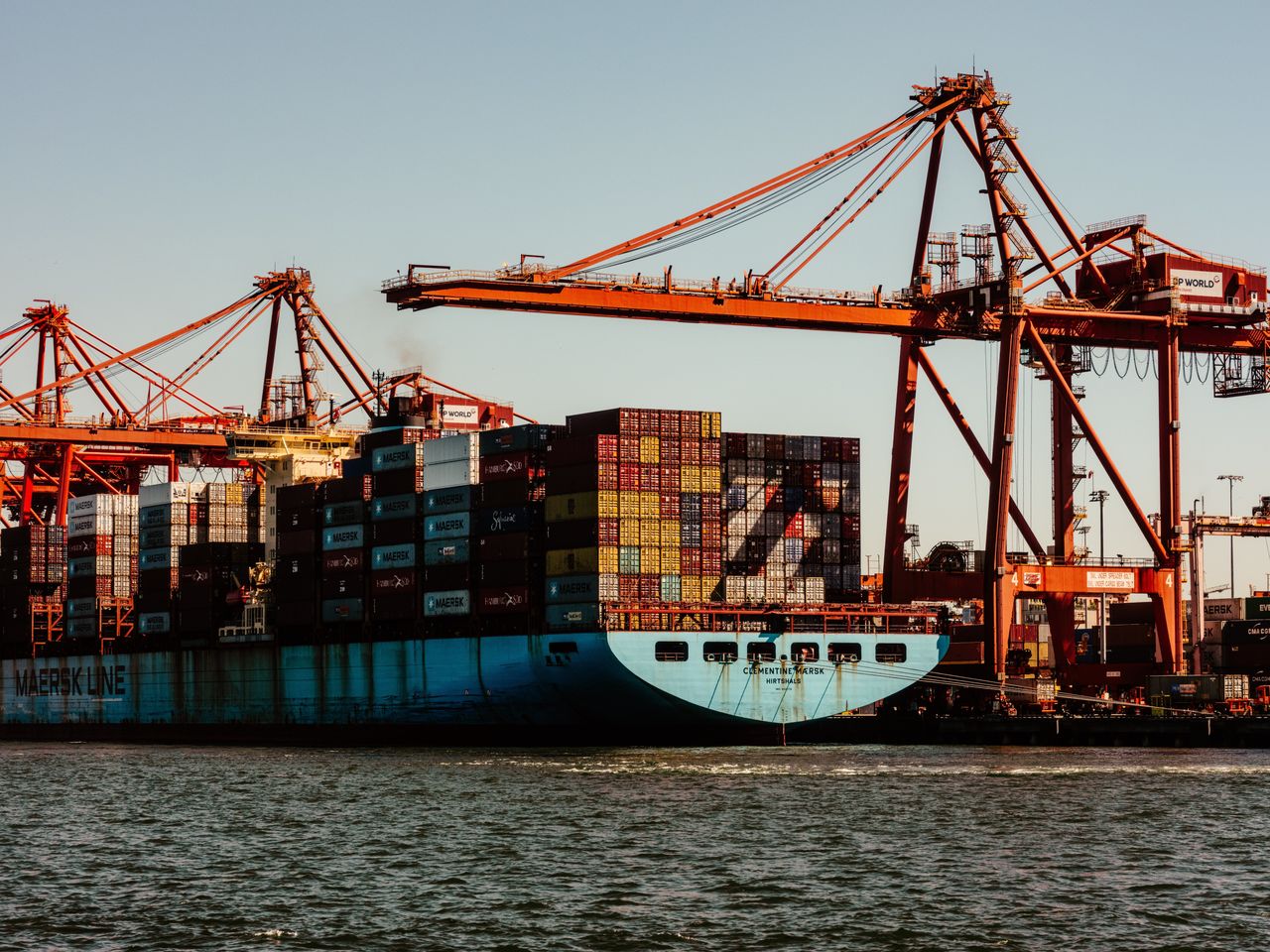
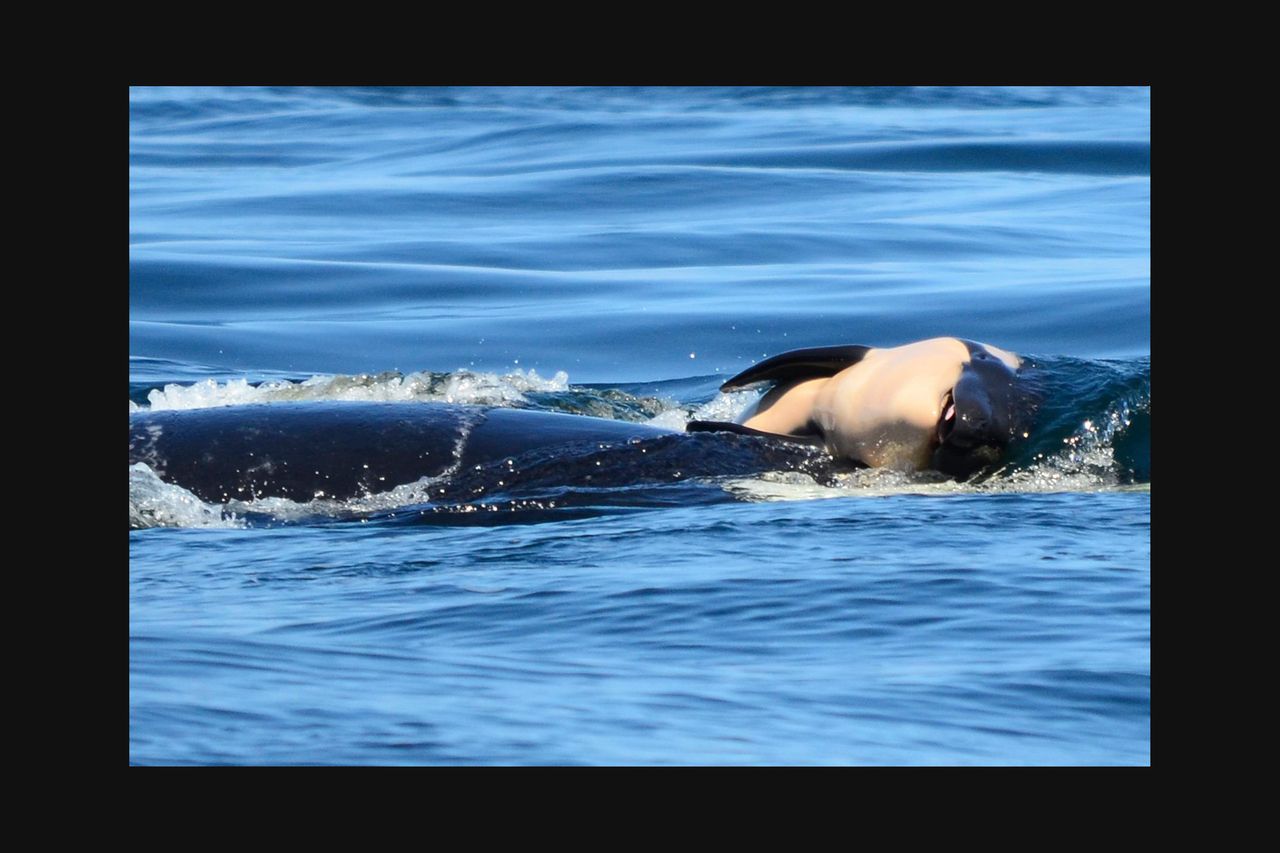
The plight of the southern resident orcas came into global focus in 2018, when a female named Tahlequah, also known by researchers as J35, gave birth to a male calf that died a short while later, presumably of starvation. Tahlequah carried her dead baby around for 17 days across about a thousand miles. The unprecedented show of grief, according to researchers, brought attention to the threats facing this region’s whales.
THE QUIET GROWTH OF RACE-DETECTION SOFTWARE SPARKS CONCERNS OVER BIAS
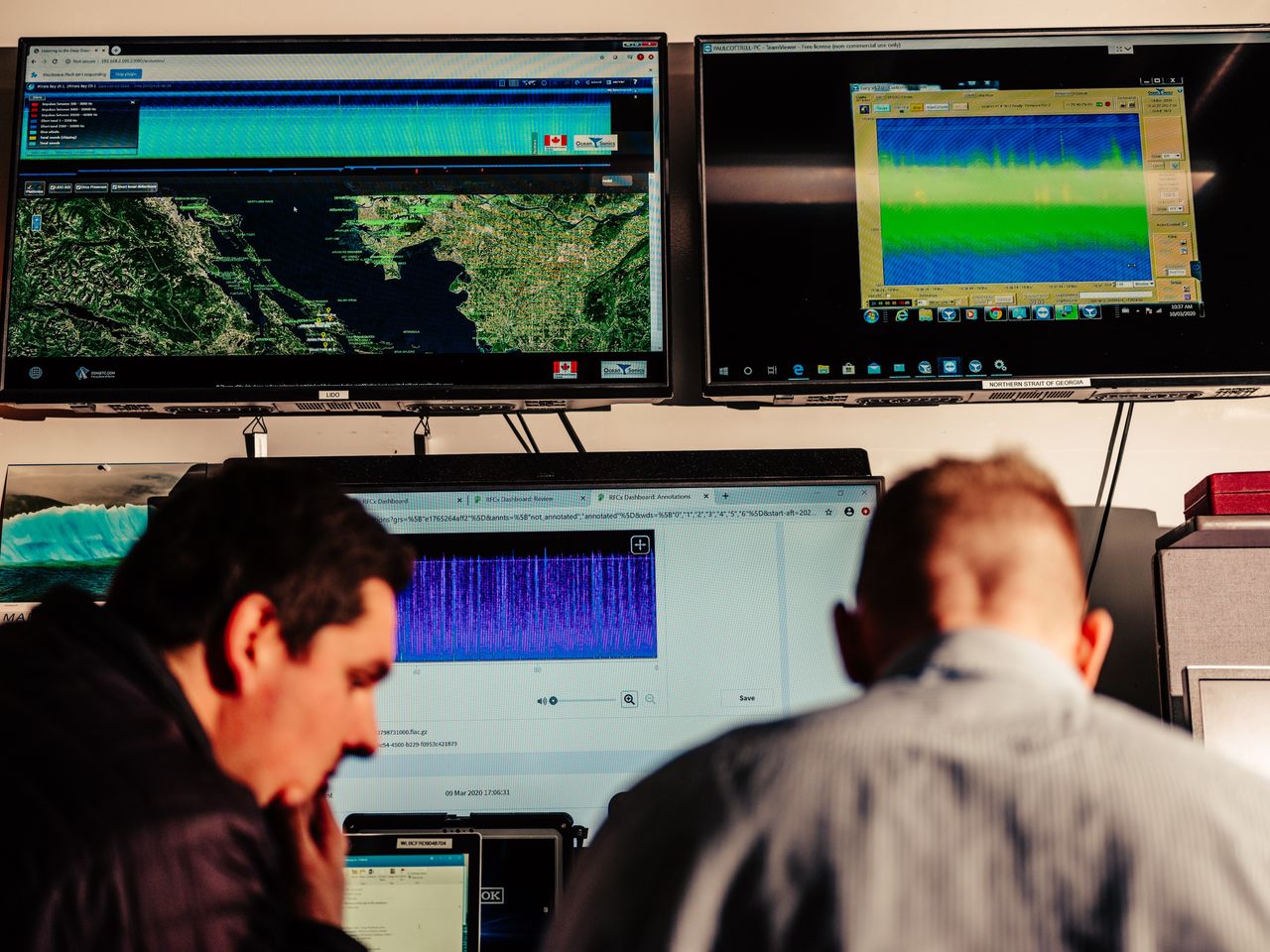
Technology companies including Alphabet Inc.’s Google are working with regional authorities and other groups to use artificial intelligence to study and protect marine life. One model developed by Google AI, a division of the company dedicated to AI, is auto-detecting orca sounds underwater to warn ships and boats in the area to slow down or keep a distance.
VIDEO: HOW A 30-TON ROBOT COULD HELP CROPS WITHSTAND CLIMATE CHANGE
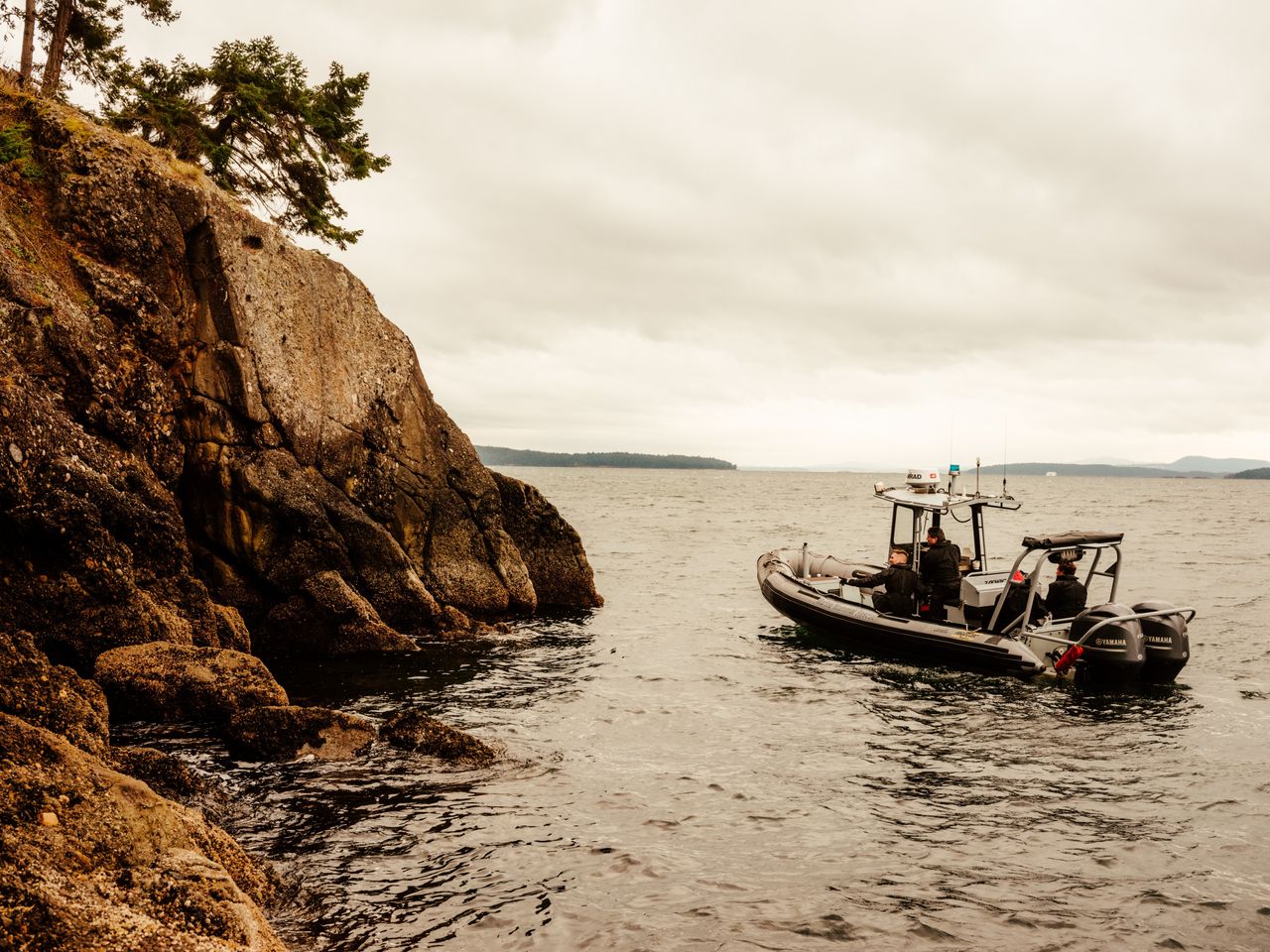
The effort to track underwater audio 24-7 can be challenging for the human ear, and logging data in real-time has been slow and tedious, leading to significant backlogs. AI efforts are focused on learning marine mammal sounds, reducing collision between ships and whales, and automating the detection of large marine life in hard-to-reach areas of the world.
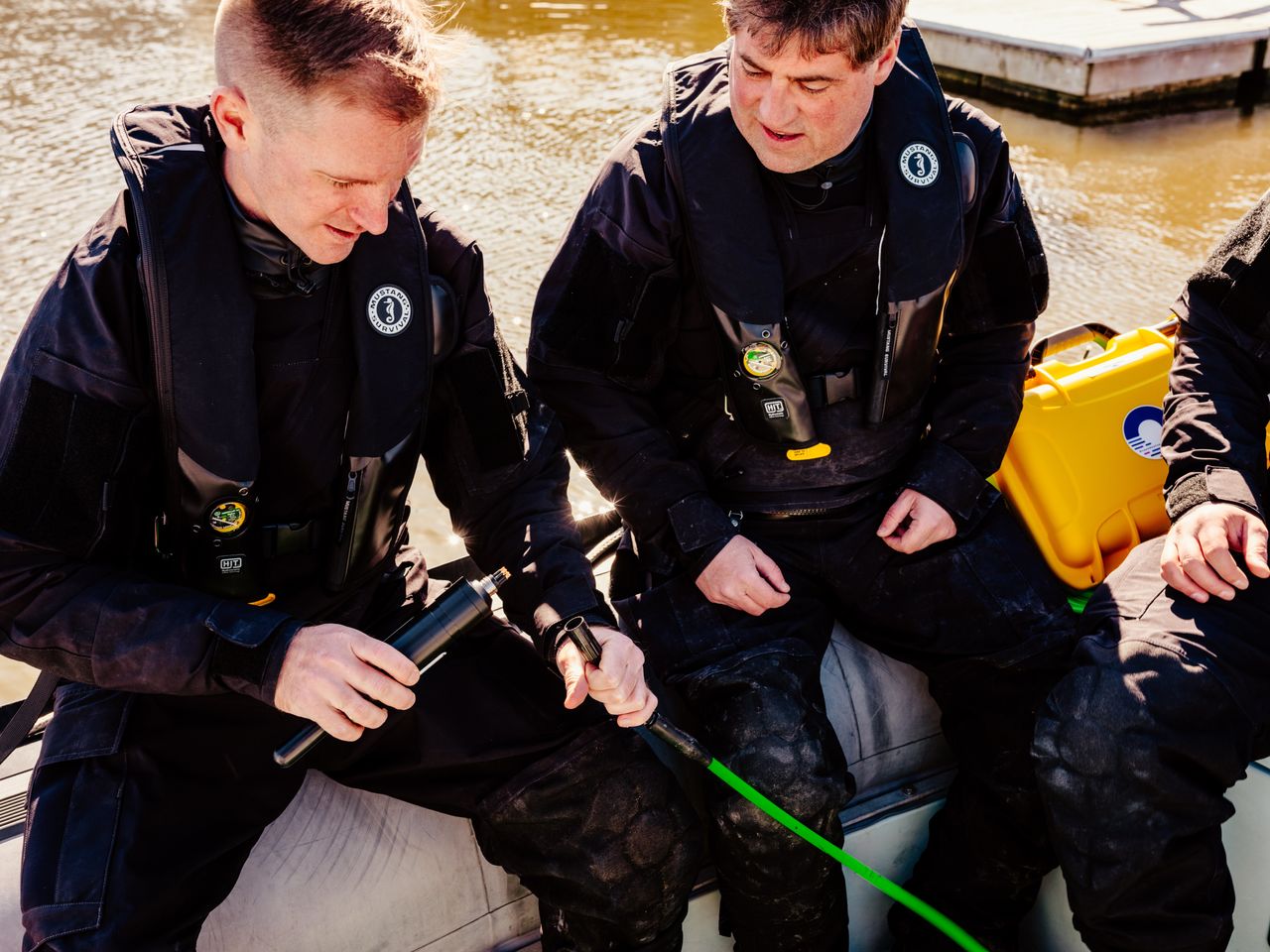
Google’s AI model parses the ocean’s soundtrack, singling out orca sounds to alert the Canadian Department of Fisheries and Oceans, or DFO, when whales are present. The ocean sounds are recorded by hydrophones, or underwater microphones, placed by the DFO in 20 locations around the orcas’ habitat in the Salish Sea.software engineer for Google AI, and Paul Cottrell, marine mammal coordinator at DFO assemble a hydrophone.
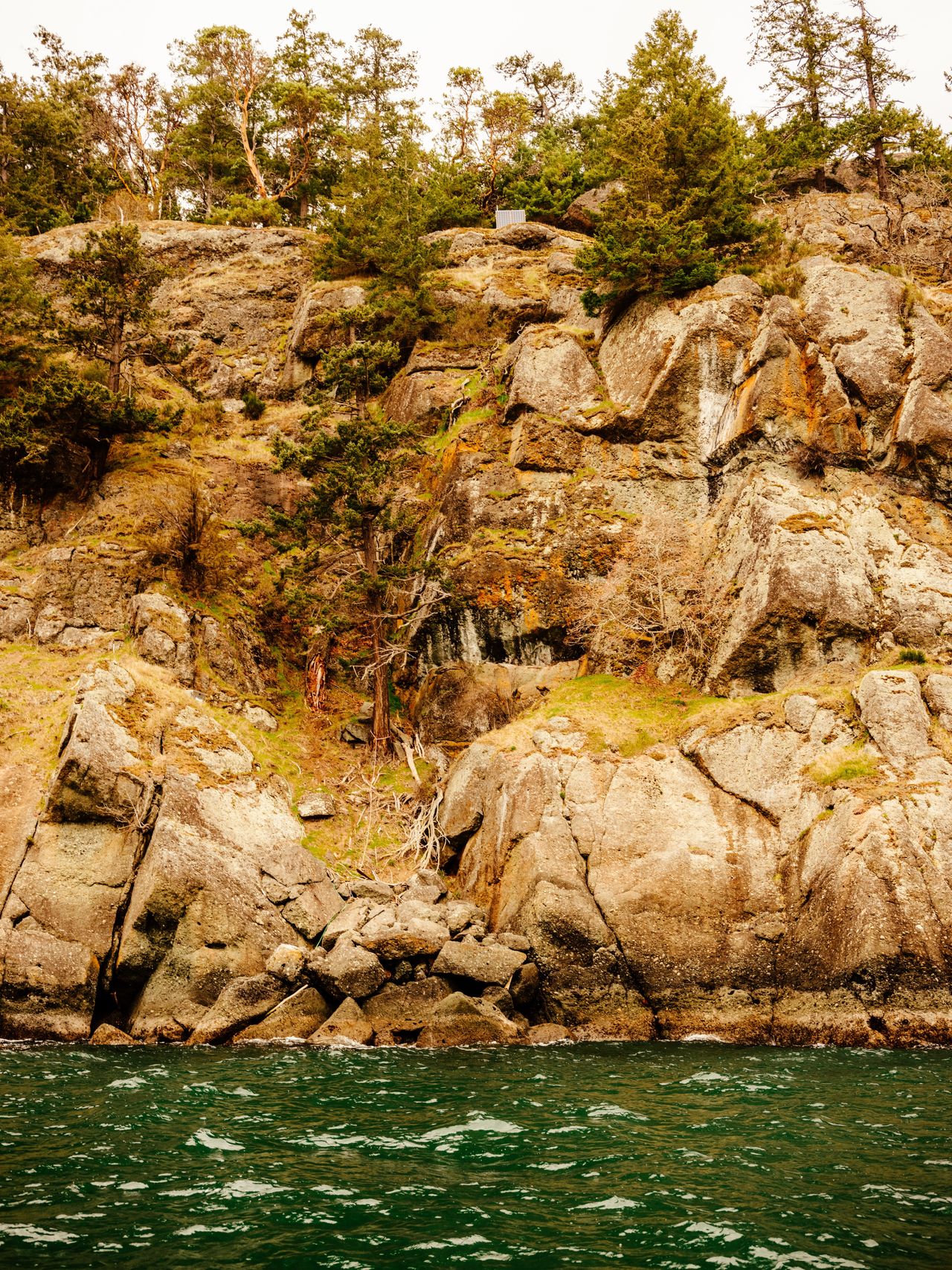
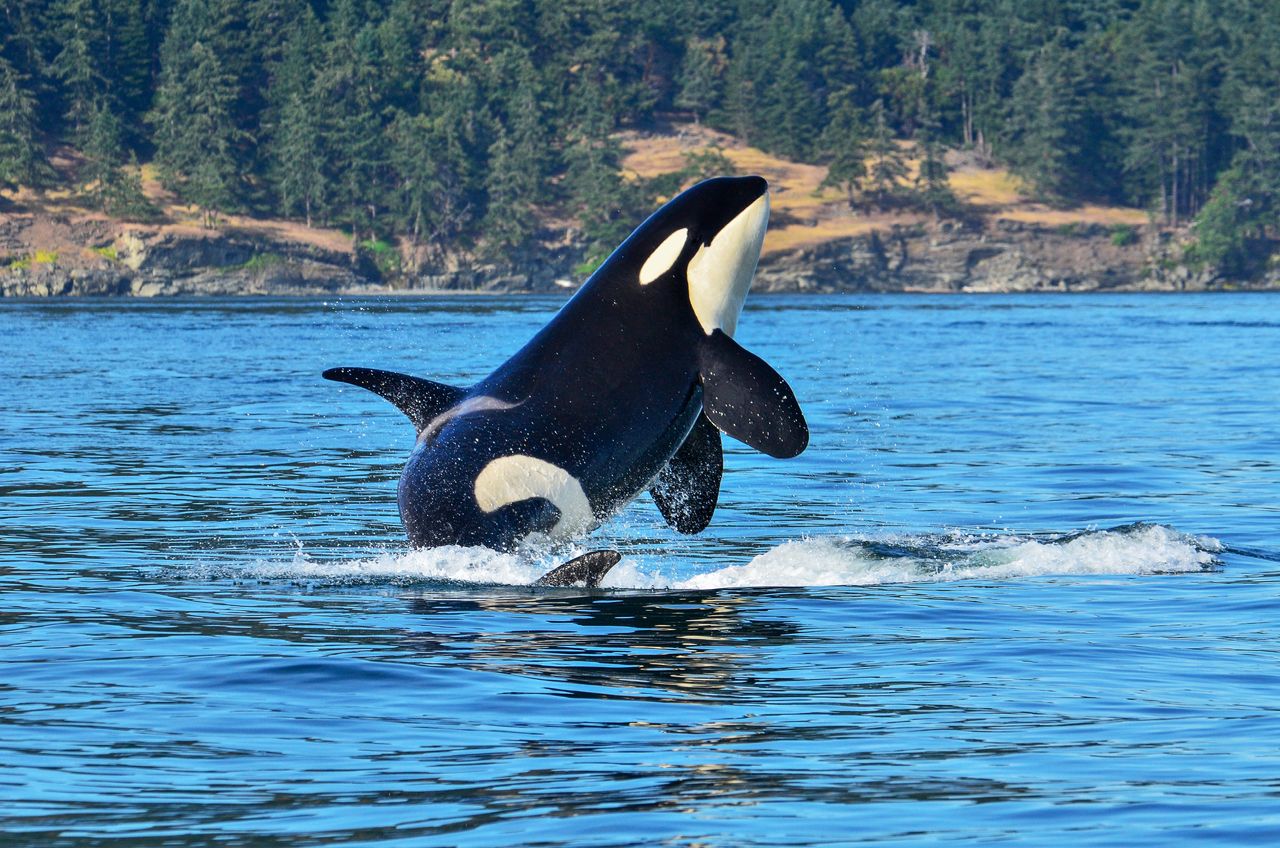
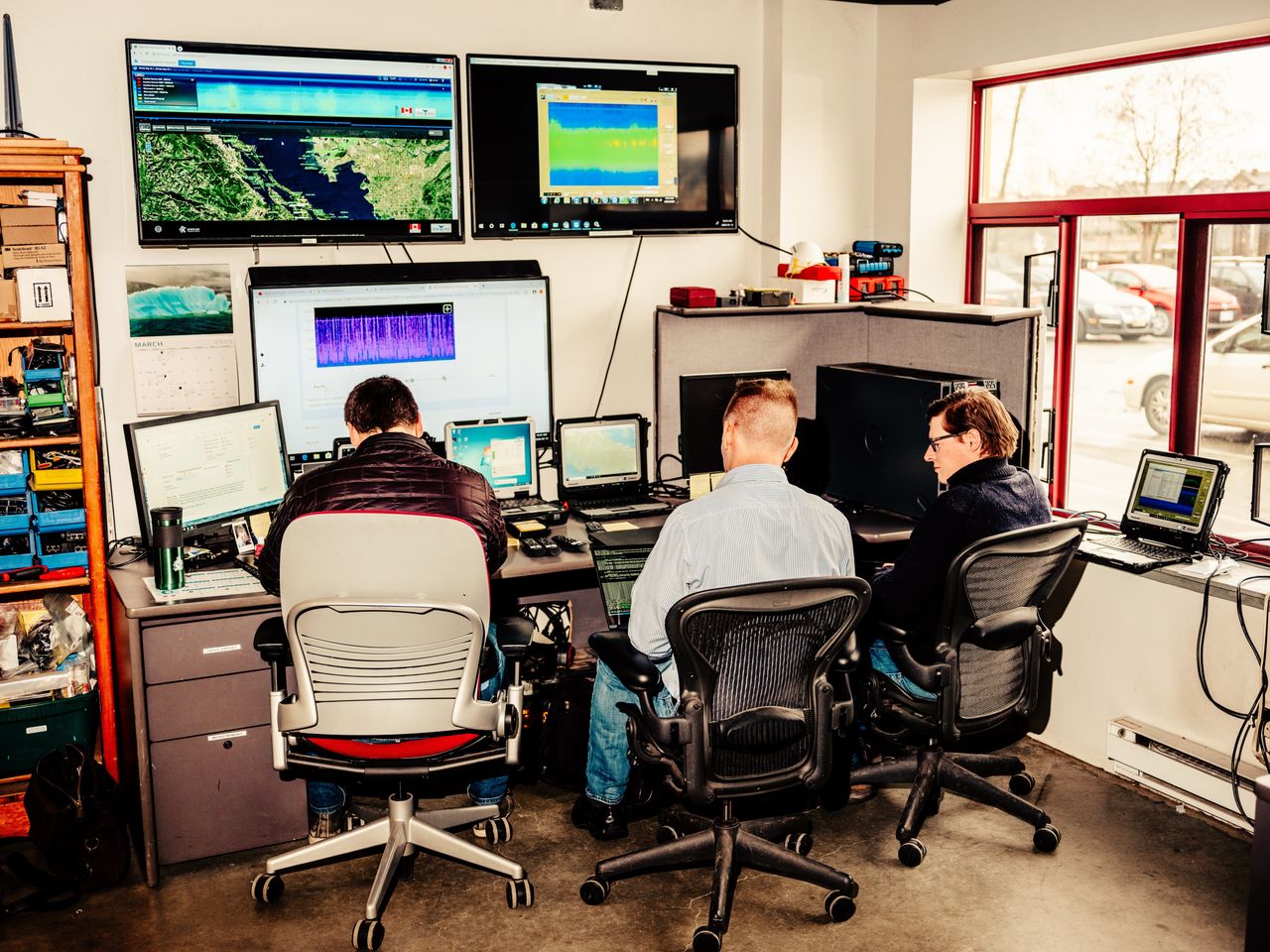
Google trained its AI model on 1,800 hours of audio from the ocean. The model identified 68,000 sounds categorized as “non-background,” including sounds from orcas and other cetaceans. The AI turns underwater audio into a 2D image, called a spectrogram. Orca calls often sound like high-pitched squeals, which they use to socialize, or clicking sounds, used to home in on prey.
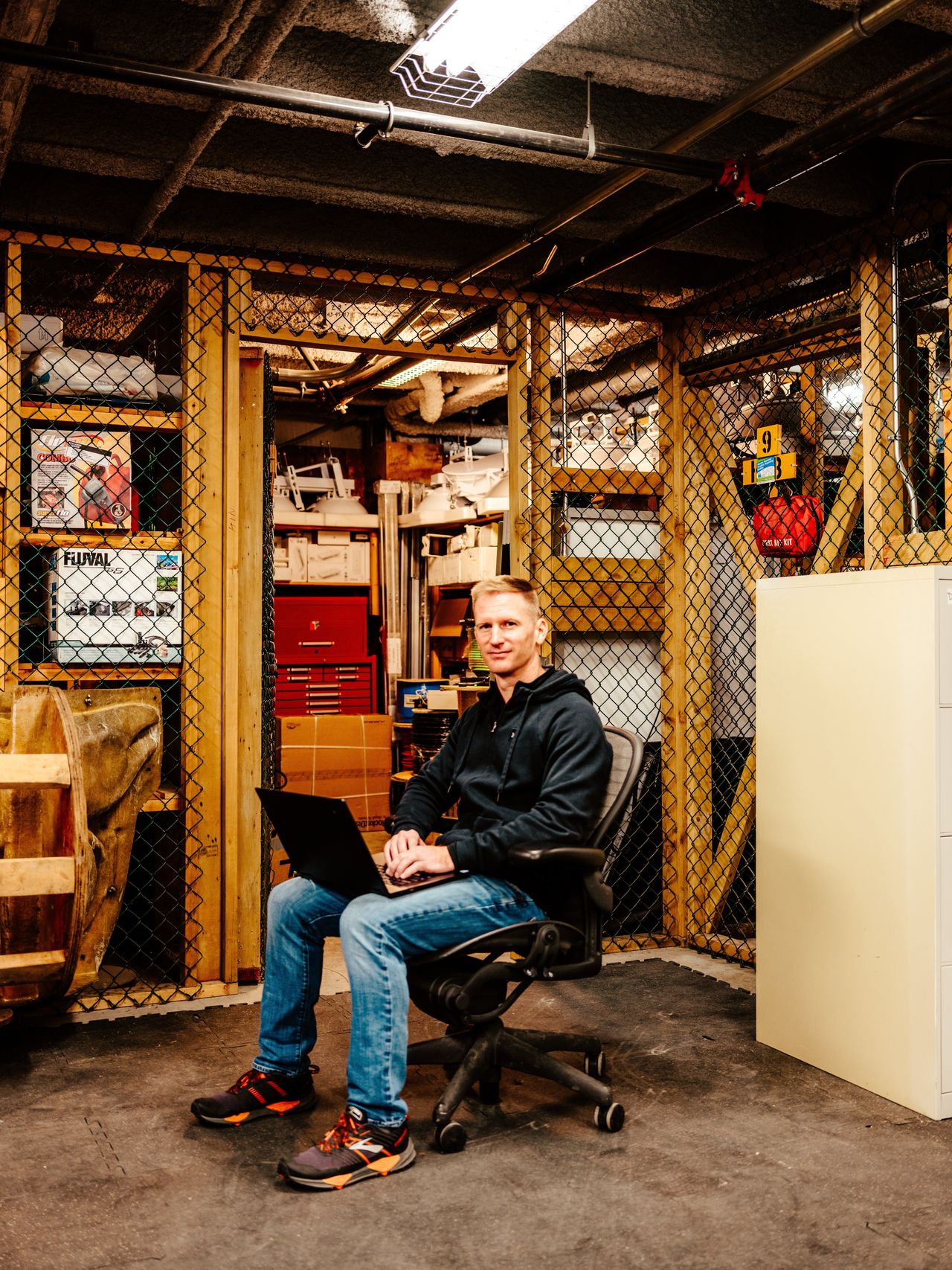
Google’s model is a convolutional neural network based on the same sort of deep learning that’s used to classify images. Matt Harvey, a software engineer with Google AI, says different sounds take on different shapes: “If you look at enough of them, and look and listen at the same time, you as a person can identify, ‘this is what the orca looks like, this is what the boat looks like.’”
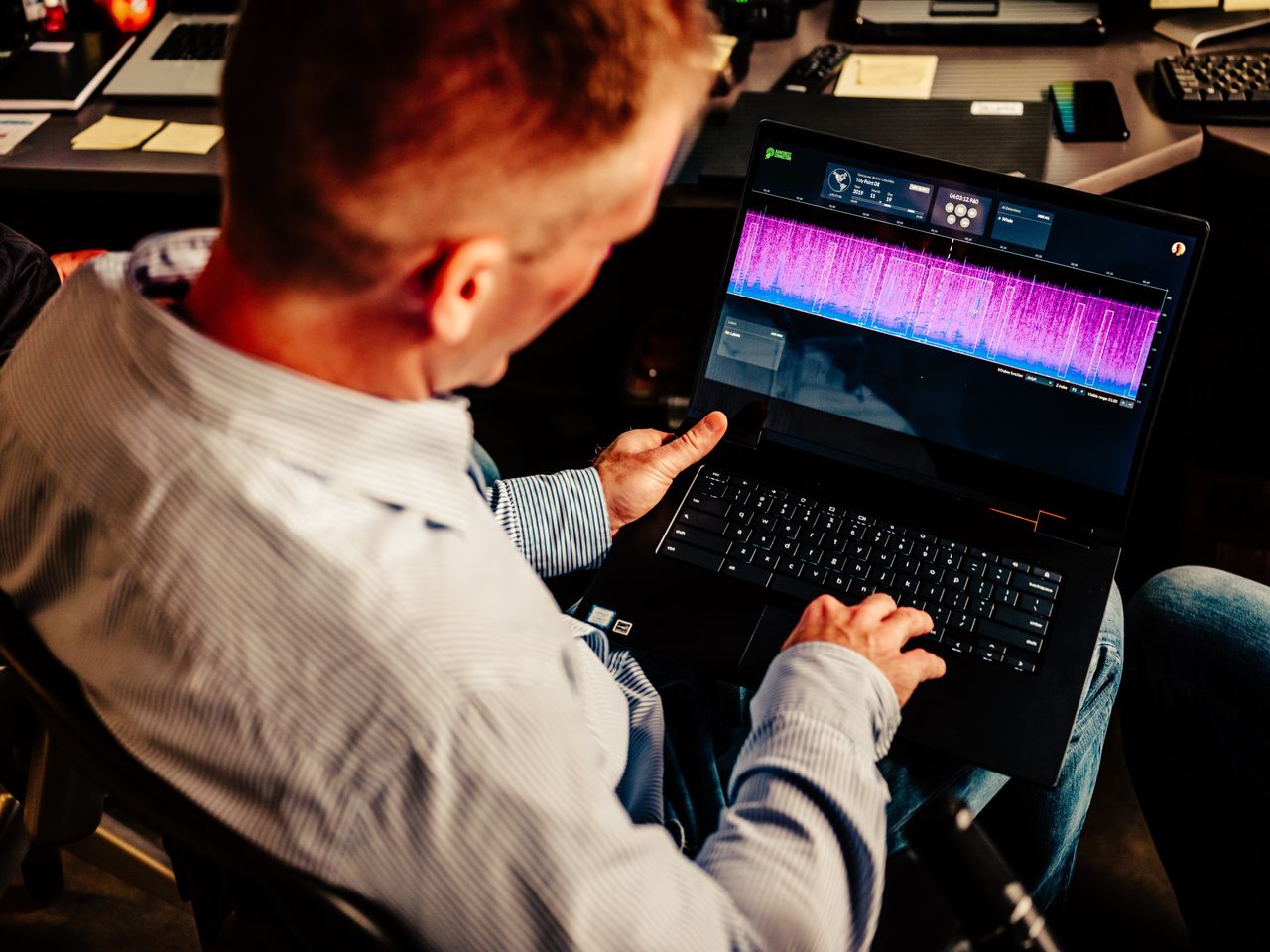
Google’s AI model detects orca calls in real-time, then sends alerts to cell phones at the DFO. Officials are still testing the model’s detections, manually verifying the presence of orcas. In the next steps, the information will be passed onto the Canadian Coast Guard, and in turn to ships in the area, instructing them to slow down or change course to avoid the whales.
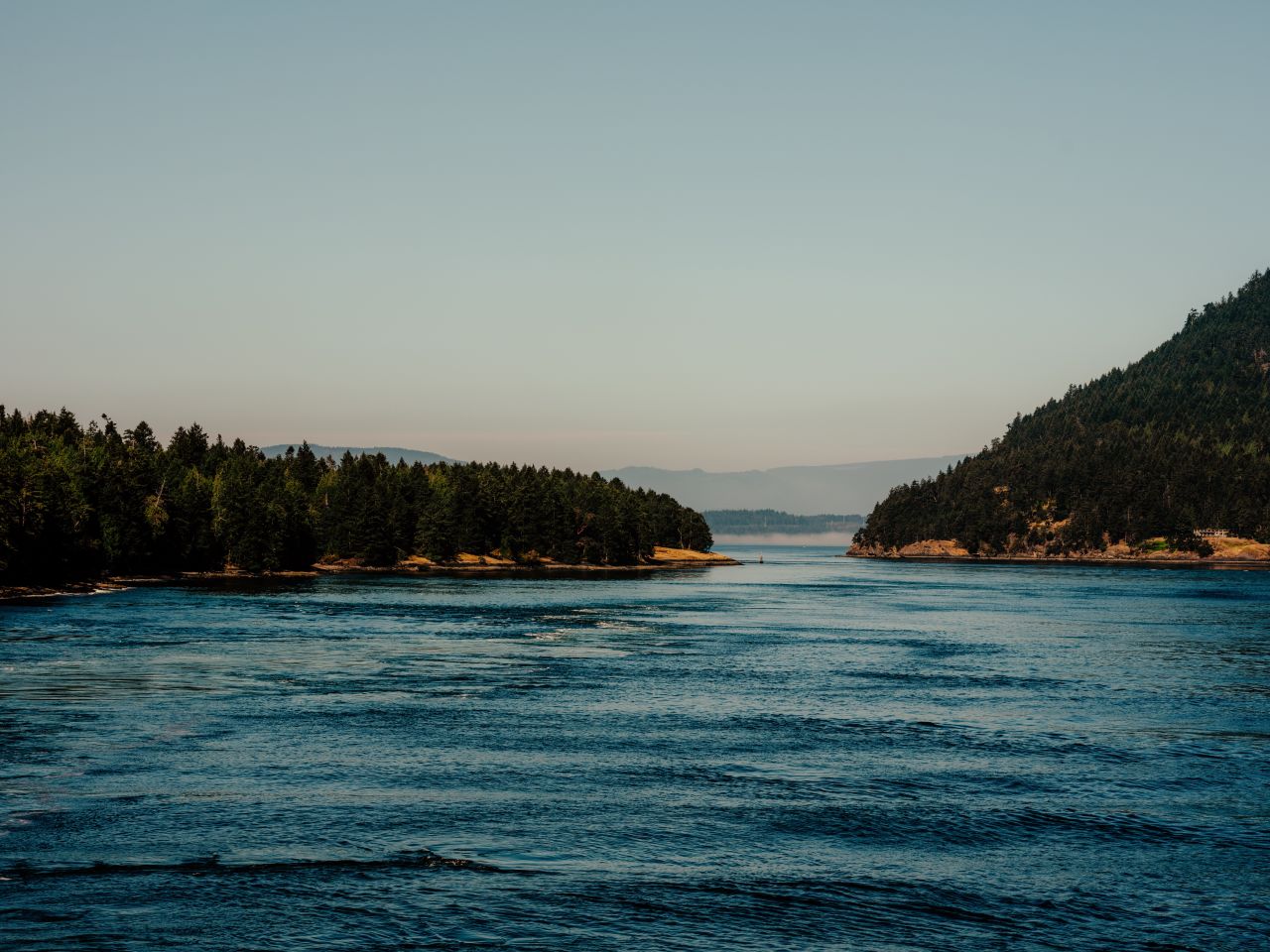
In the Salish Sea’s narrow channels, where hundreds of thousands of ferries traverse water every year, two ferries that pass each other can leave little room for foraging orcas. A prime example: this channel, called Active Pass.
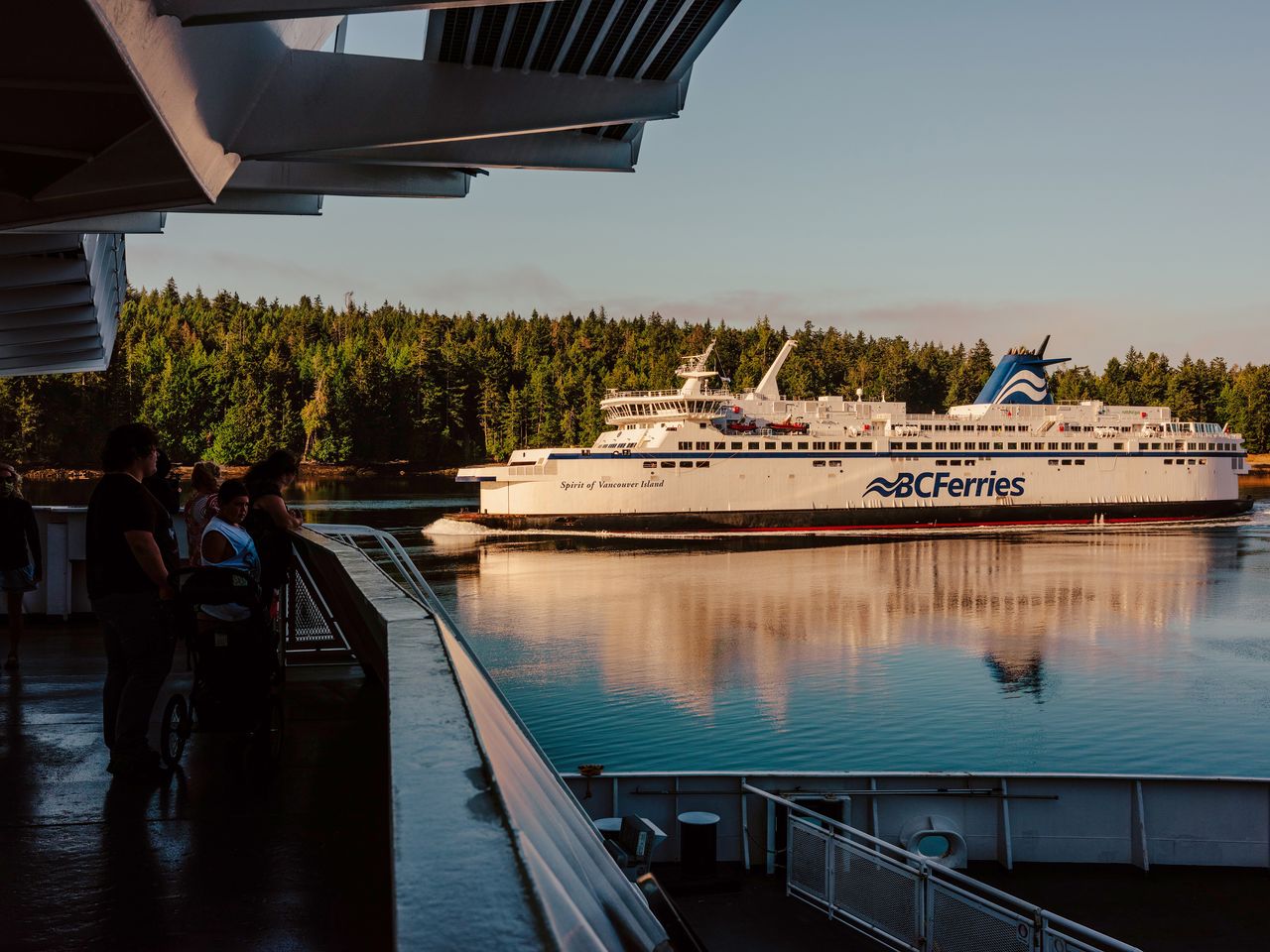
Active Pass was the main focus of the initial hydrophone network program initiated by the DFO. At just 600 yards across at its narrowest point, it’s also a favorite hangout spot for the southern resident orcas.
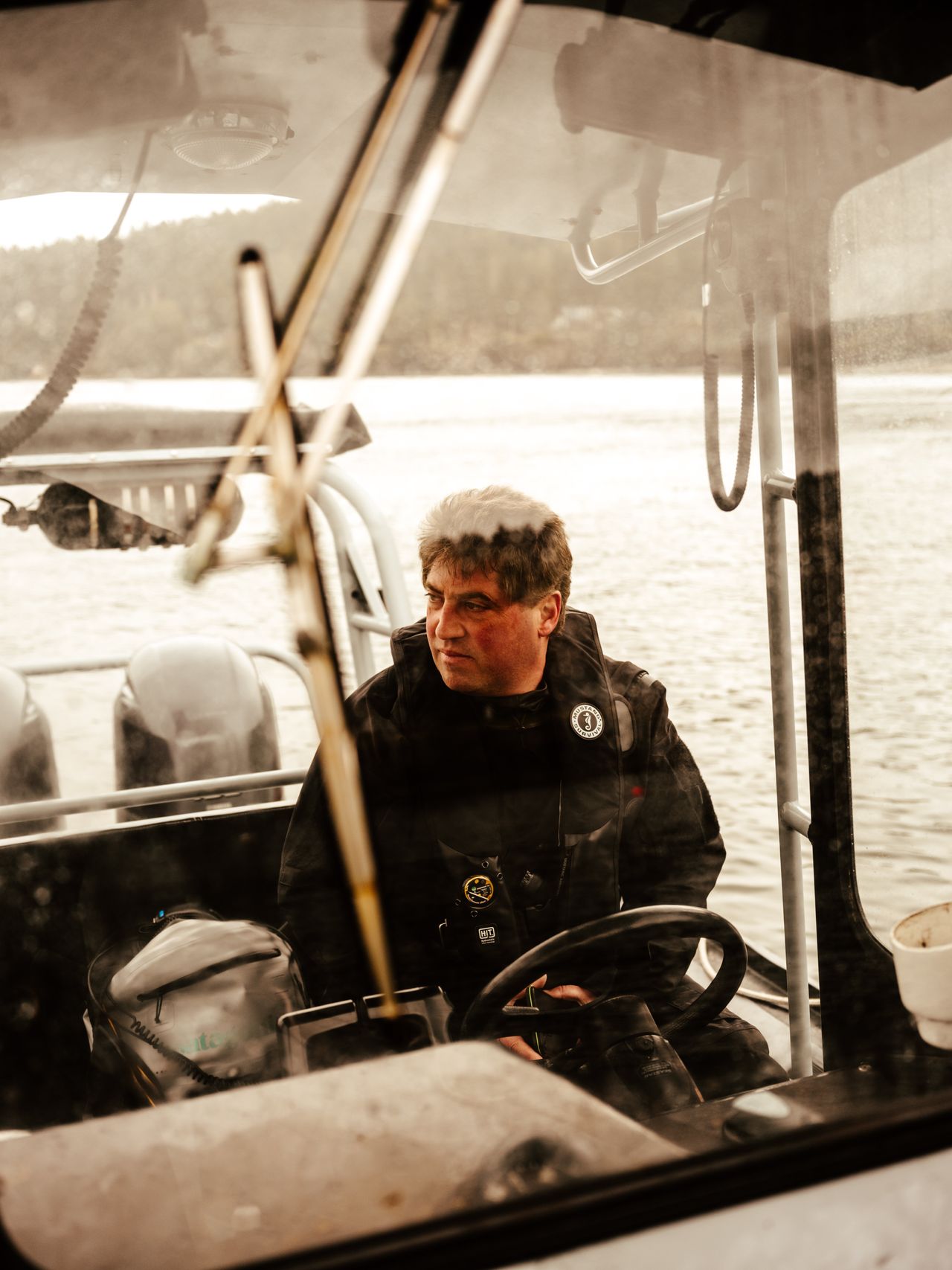
We’re getting to the level where our system is robust and reliable enough, where we can actually make sure that there are minimal impacts on the whales when they’re in Active Pass
says Paul Cottrell, the DFO’s marine mammal coordinator.
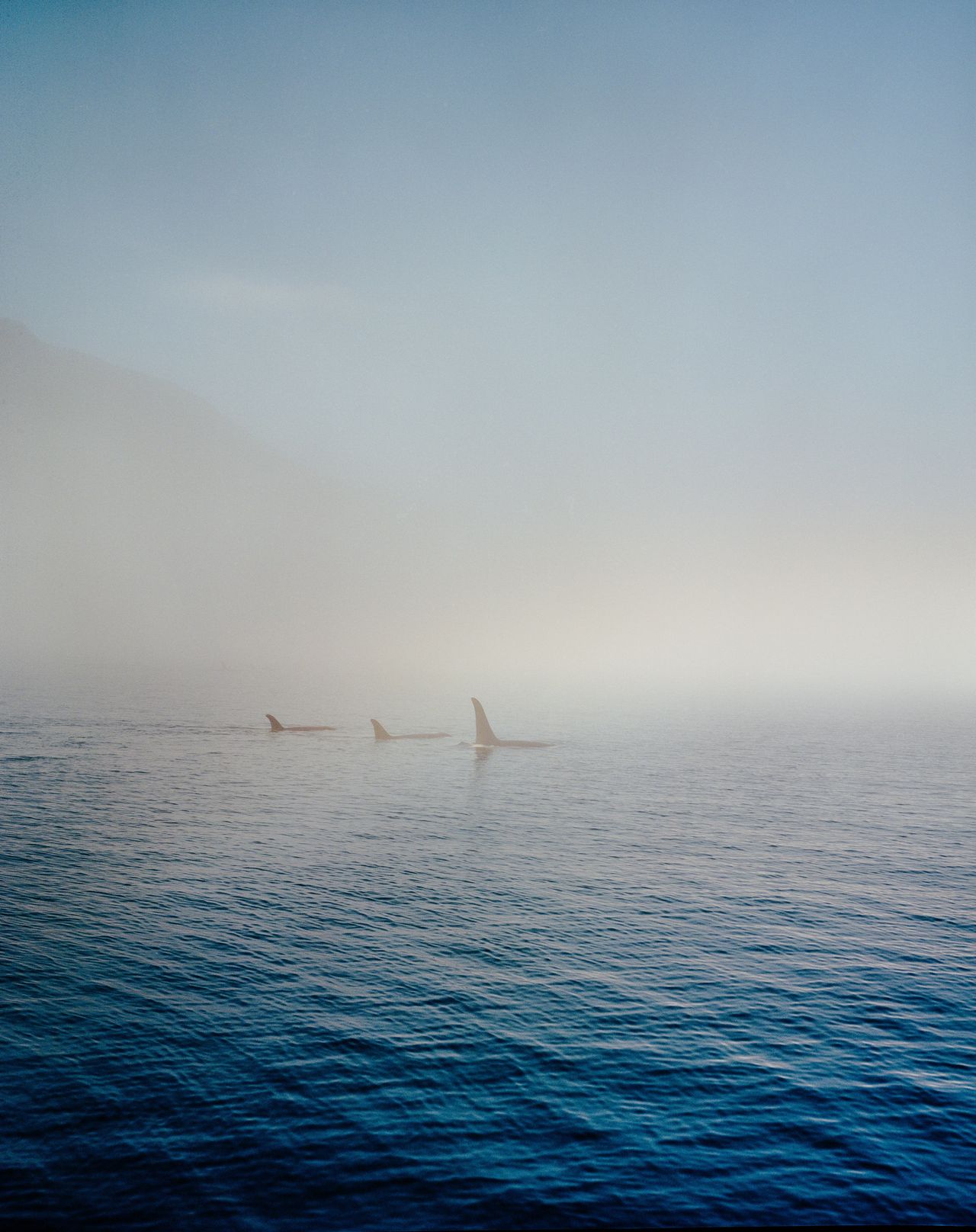
Slower ships make less noise and have a lower chance of striking orcas. Some regulators in the broader Pacific region have issued voluntary slow-down guidance, but ship compliance was only about 50% last year, according to the Pacific Merchant Shipping Association. Some ports offer financial incentives to mariners if they comply with slow-down requests.
Napomena o autorskim pravima: Dozvoljeno preuzimanje sadržaja isključivo uz navođenje linka prema stranici našeg portala sa koje je sadržaj preuzet. Stavovi izraženi u ovom tekstu autorovi su i ne odražavaju nužno uredničku politiku The Balkantimes Press.
Copyright Notice: It is allowed to download the content only by providing a link to the page of our portal from which the content was downloaded. The views expressed in this text are those of the authors and do not necessarily reflect the editorial policies of The Balkantimes Press.

